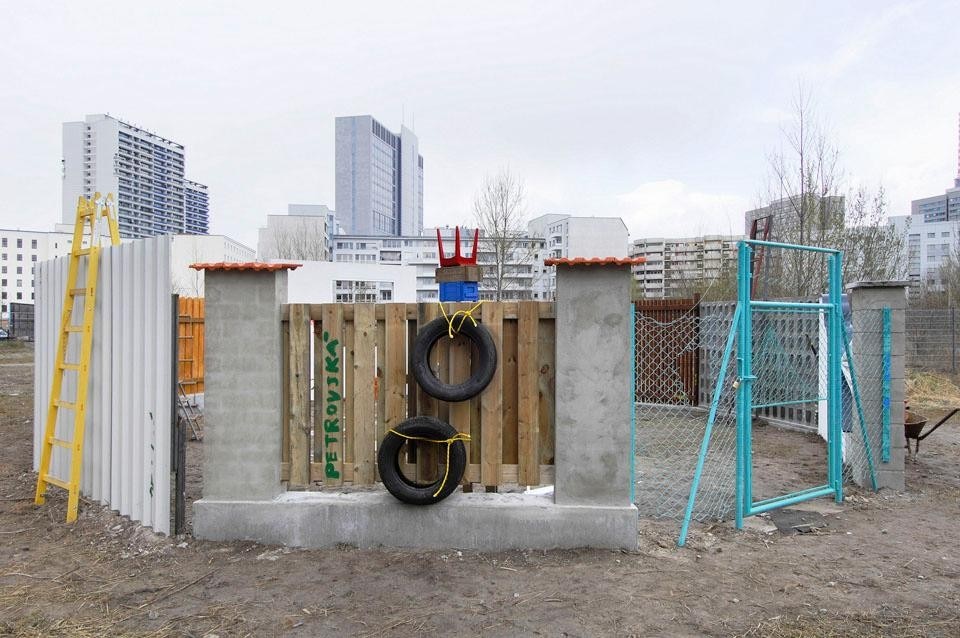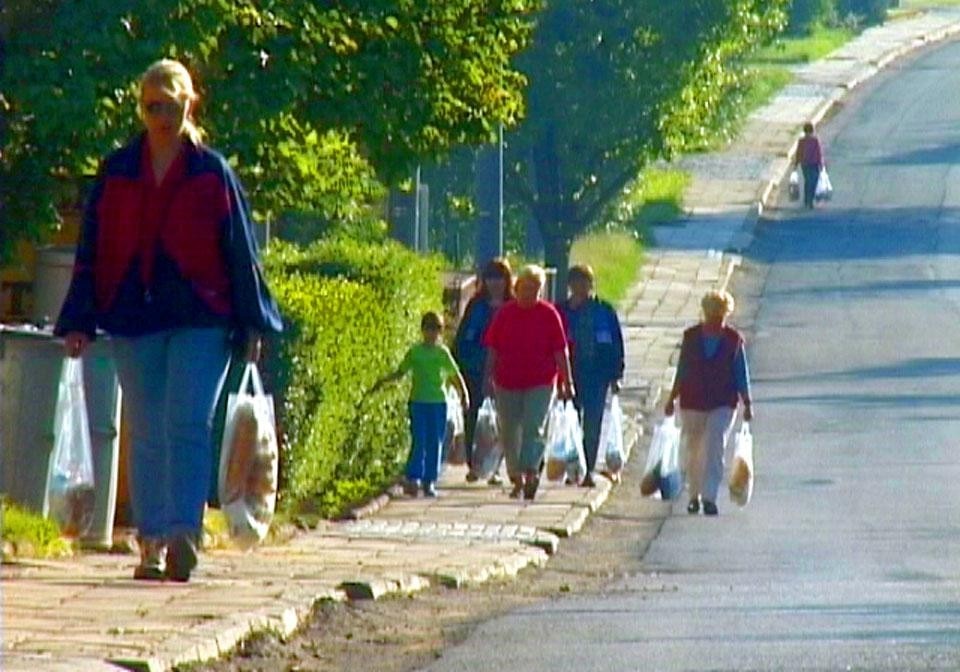Katerina Seda: It is hard to answer this question because every work originates in a different way. I often happen upon places, town centres or communities, where I see a problem or a state of unease and I try to change things. I believe it is far more important to have people participate or to try and resolve the small problems of a community than to attract the interest of gallery owners and curators. I see holding an exhibition more as an added reward, not the main aim of the project.
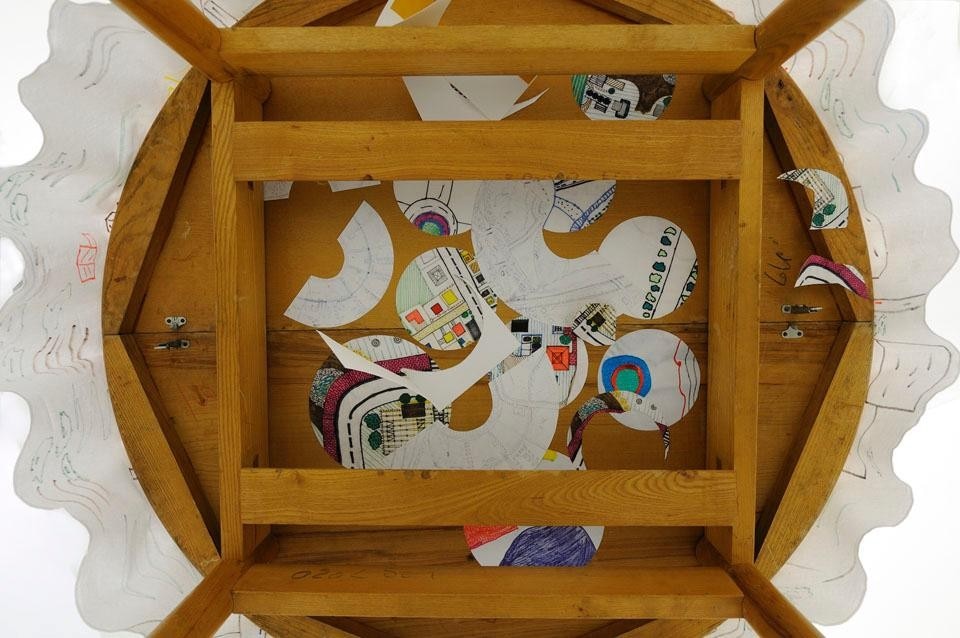
I involved 600 families from a community on the outskirts of Budapest called Mirror Hill. It is a very affluent part of the city, built in 2007, where Hungarian celebrities, members of the government and ministers live. Each house has a different architectural style and the houses look as though they come from different parts of the world. Mirror Hill has no centre or common meeting place. No one knows their neighbours, no one even knows their local neighbourhood really well and no one spends their days off in the city. The properties are behind high walls and passing through the neighbourhood is almost like being in a prison. The aim of the project was to introduce the local citizens to each other via a sort of competition. I asked all the inhabitants to open their doors and draw what they saw outside. After choosing 250 drawings, I collected them in a book to which I attached a map drawing, the neighbourhood 'grid'.
On 30 October, I announced the competition that was to take place the same day, from 8am to 8pm. The family that managed to match the largest number of drawings to the houses would win a two-week trip to Florida.
It was amazing to see the streets full of people with their books open, looking at the buildings and searching for the houses. Every family found their own system for identifying the homes - dividing up the book, driving, riding around on motorbikes or bicycles or on foot. In the evening, they all gathered to discuss the day spent together. I had achieved my aim. In all my public actions, I try to create an exchange between people in their everyday spaces. Actually, I do not feel like an artist, I don't know what I am but it doesn't matter.
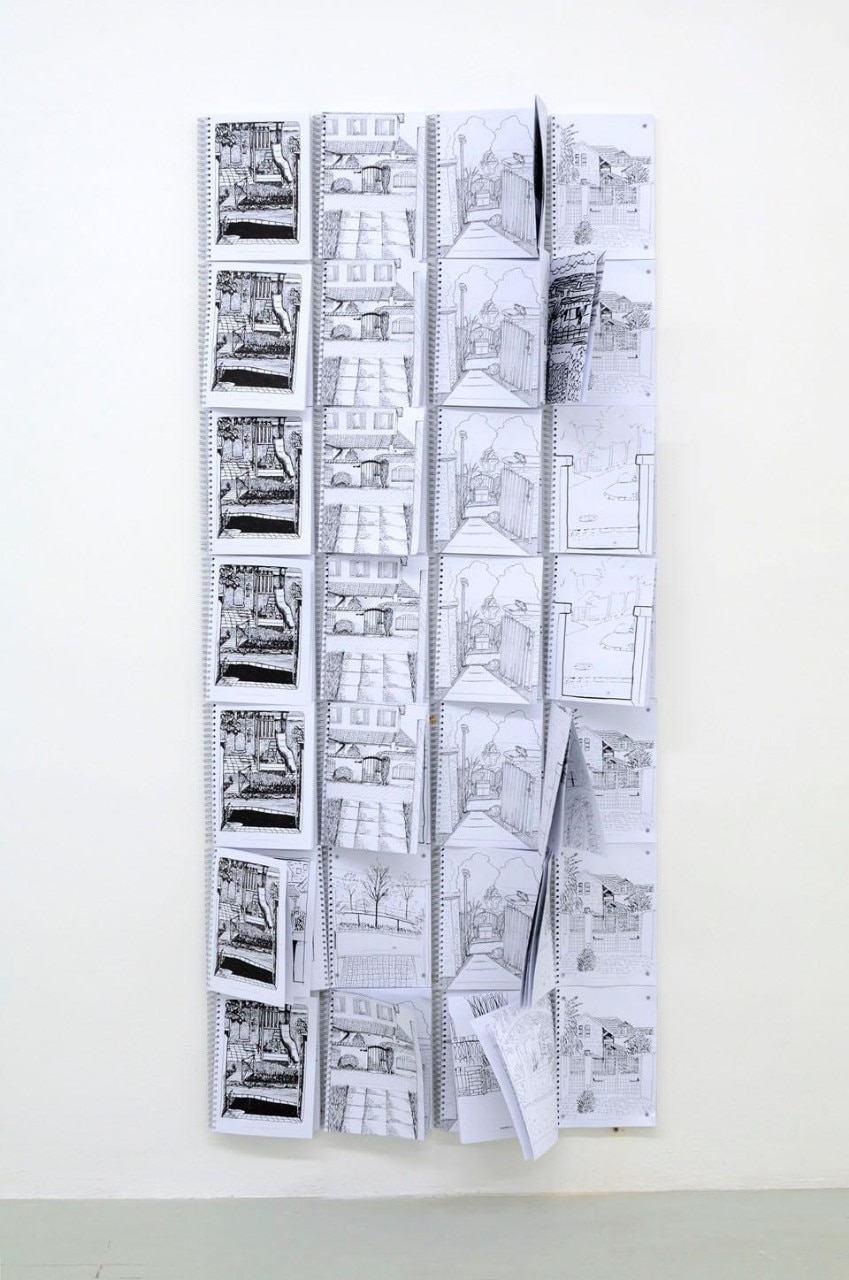
I try never to define my practice as 'art', especially when I am trying to convince ordinary people to take part in my projects.
I am thinking of Giancarlo De Carlo, who argued that to achieve true participation a project always has to speak the same language as the people. Earlier, you mentioned the idea of a 'grid' and you were talking about 'reticulation'. They are terms drawn from the world of town planning. Do you believe there is a link between your work and the study of the city as an organism?
I couldn't say. Critics see things in my work that I often have not planned. During the Berlin Biennale in 2008 I tried to get people to bond and connect with each other by building an enclosure at the Skulturenpark (Over and Over, 2008) and someone read a reference to the Berlin Wall in it. I believe the main drive behind my works is a desire to put forward a vision.
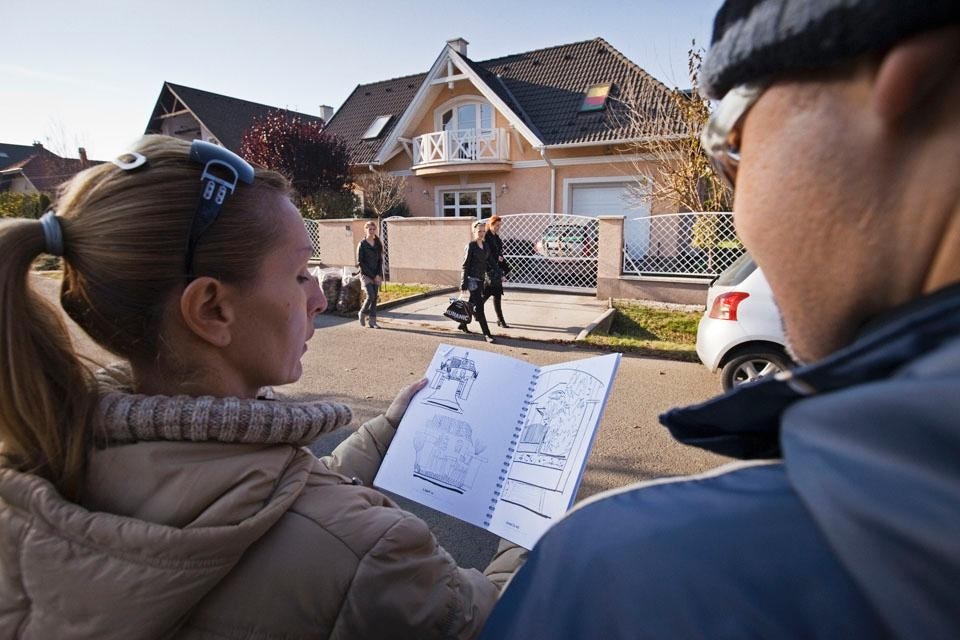
I started working on that project in some small towns in the Czech Republic. All the people who live in these places complain that nothing ever happens there and that interesting things only happen in the big cities.
I decided to try and prove them wrong, focusing on 'normality'. I drew up a questionnaire going from house to house and asking everybody what they usually did on Saturdays. They all answered more or less the same things and only the times differed. I took the answers and created a programme of actions to carry out in a day, the same programme for everyone. It took me a year to convince them to all do the same things at the same time, trying to stress how wonderful it would be to perform everyday rituals together. One Saturday morning, 315 people all went shopping, they swept in front of their houses, they dined on the same dishes and they spent their free time with friends, in front of the television or going for a walk. Then, they all met up for a beer in a pub, watched television after dinner and turned off the lights in the evening at the same time. After these performances, people often call me from neighbouring villages and ask me to go there and organise things. I always reply that they can do it themselves, they should not need me. But they want me to coordinate!
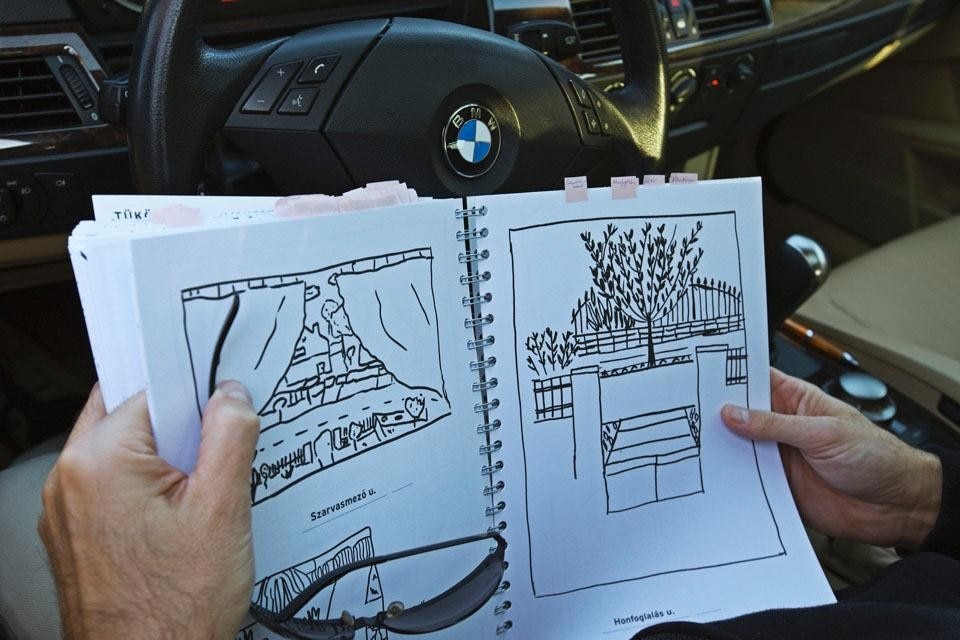
The starting point is to identify a problem or an unfavourable social condition. In No light (2010), for instance, the work focuses on how the installation of a large Hyundai factory destroyed a Czech town and, as a result, its social relations. I map out all the difficulties that a specific unfavourable condition is generating in a certain place from several points of view. In the end, I prepare graphs to find possible solutions to the problem. It is only at this stage of the work that I realise how many people I can include in the project.
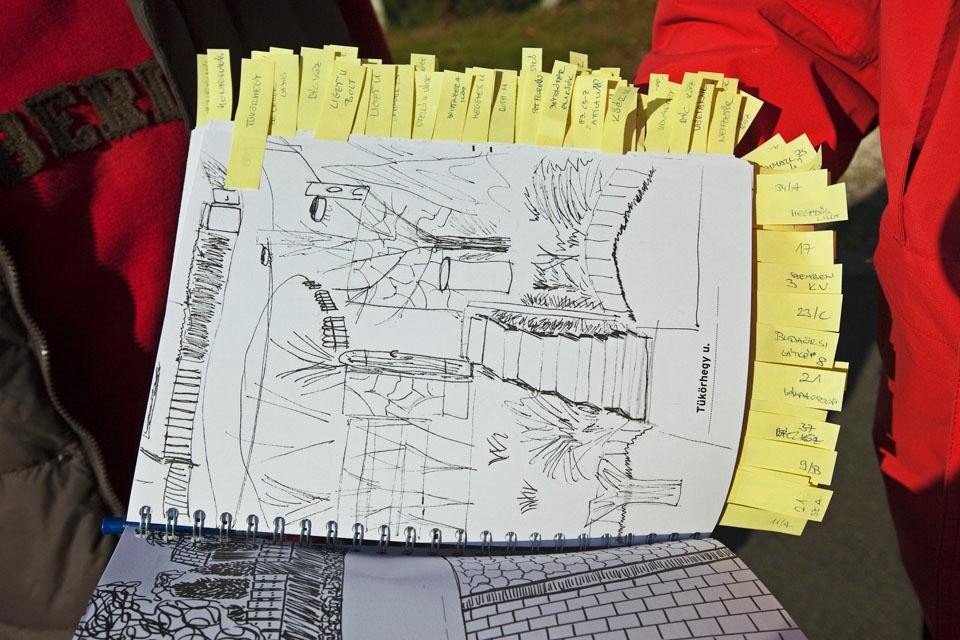
I do not usually do projects for the masses, but for my neighbours and family. I am also interested in seeing how their reactions may influence me. Mine are never anonymous operations. I always speak personally to every single inhabitant. The places where I tend to conduct my actions are my spaces, the contexts I live in and where I want things to change for myself too. I am not an engineer sitting behind a desk, drawing a house that may not work.
I shall go to Holland soon; they have invited me and another nine artists to alter and improve a piece of architecture. The best designers in the country have just built a huge residential building in which 5,000 pensioners are amassed. The architecture doesn't work and now they have invited artists to resolve it. Many will work on the buildings' surfaces but no one has spoken to the people who live there yet.
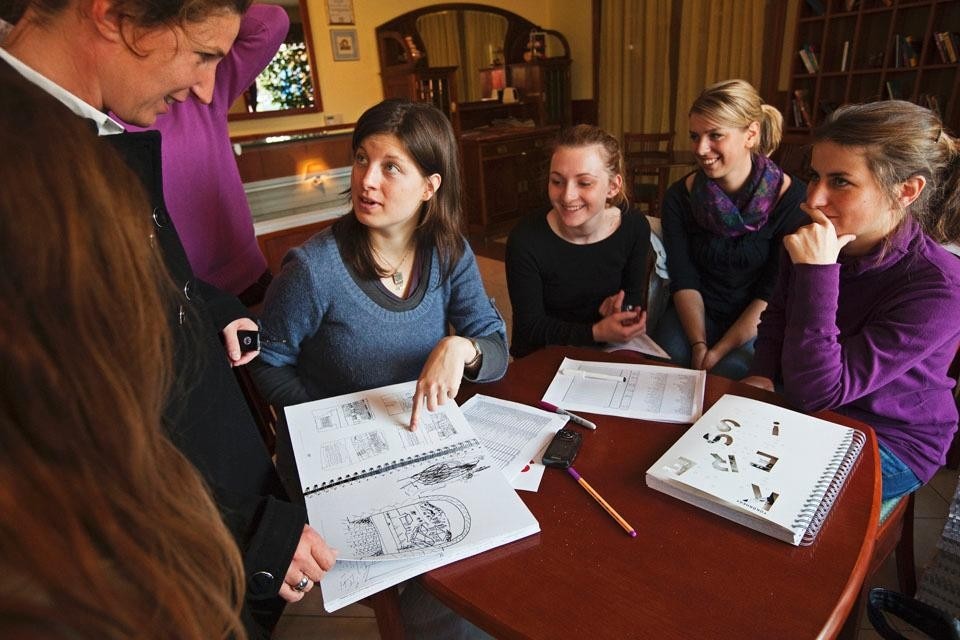
I do not know precisely but I think that every individual is important and can build something. I believe that the things I design are very ordinary and anyone could do them. This is the huge difference between me and other artists, for example. Many of them take offence when someone points out: "I could have done that myself!" I am happy when they say it because it means I have found a possible solution.
